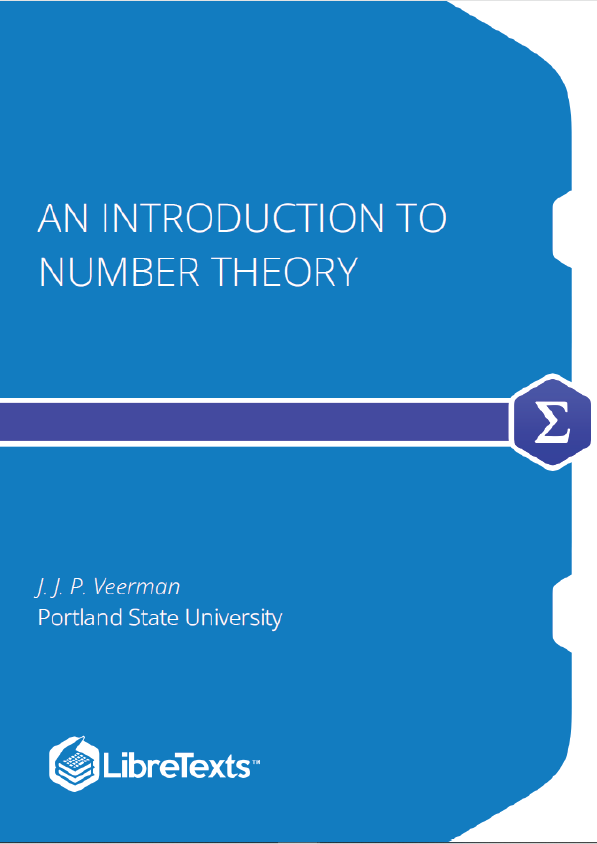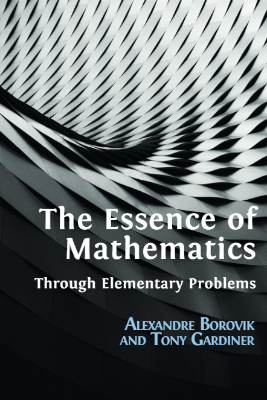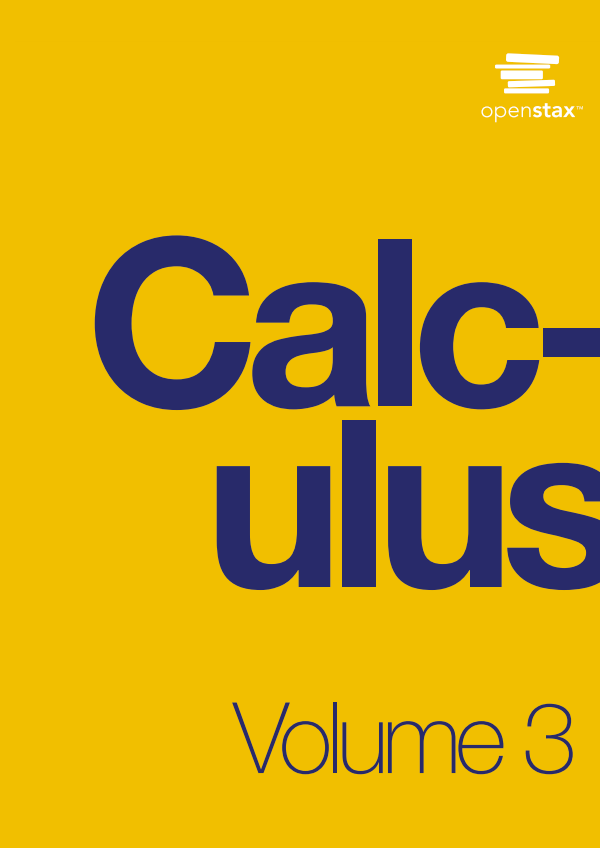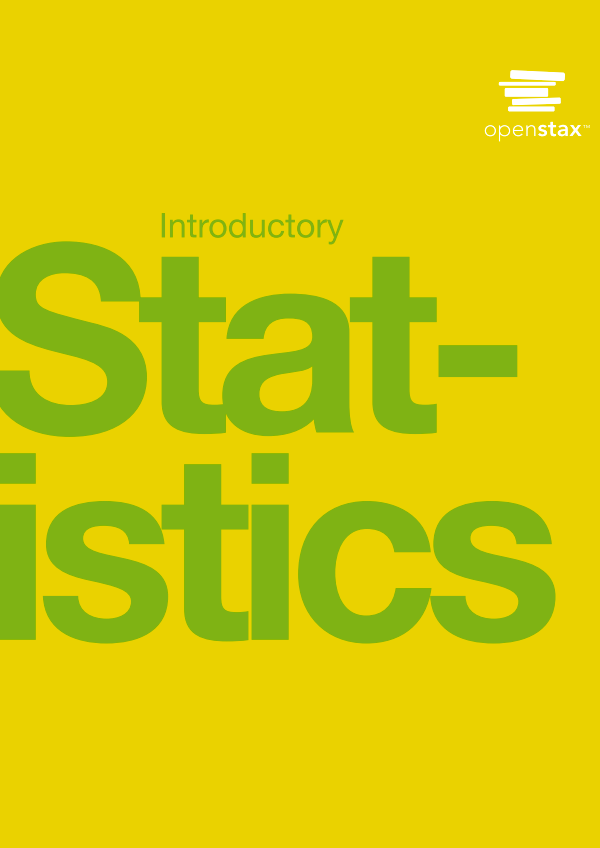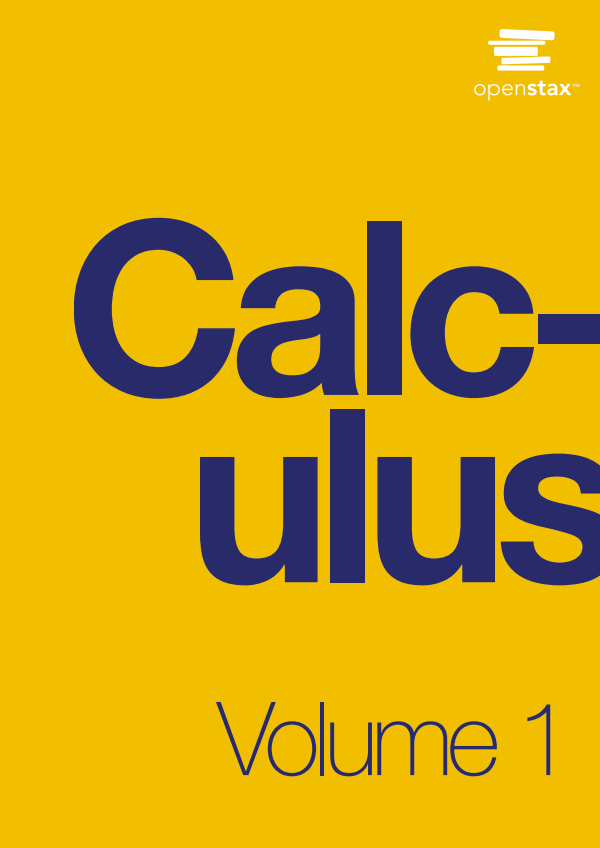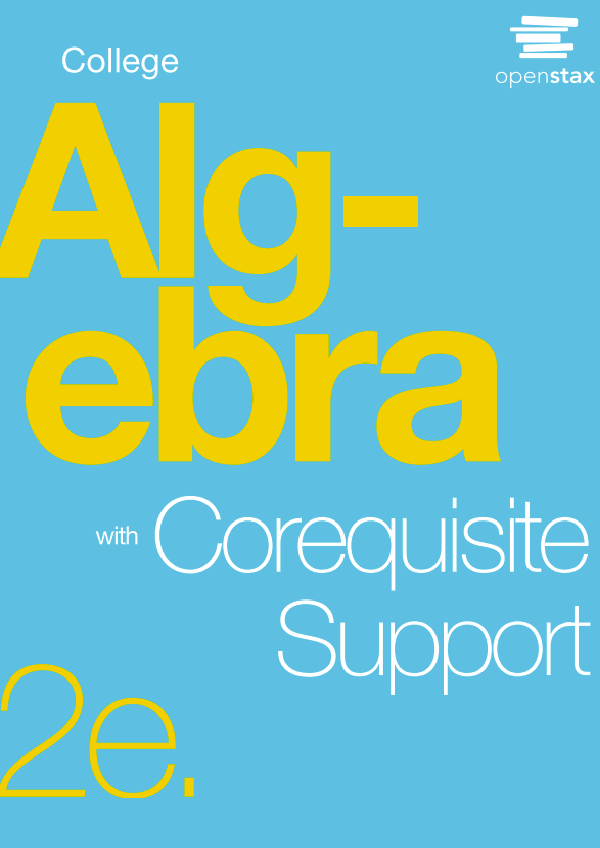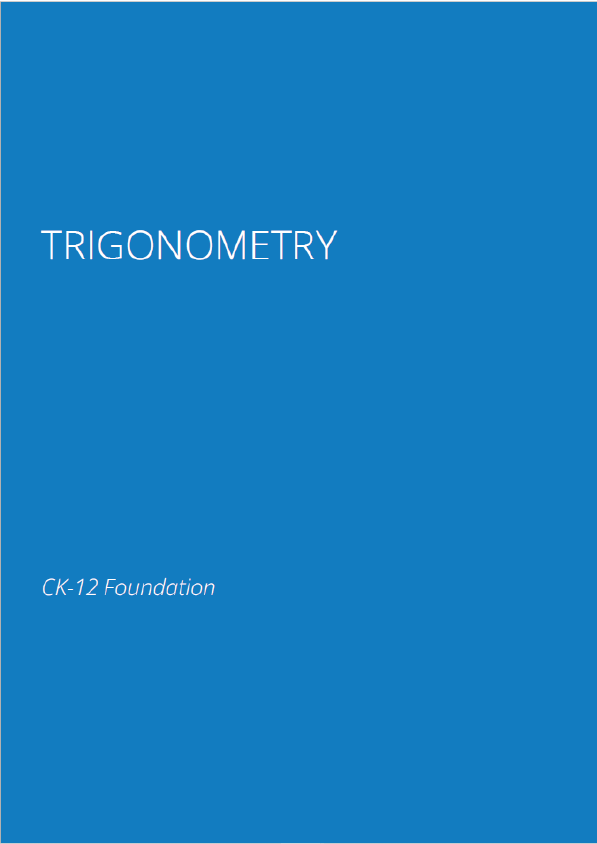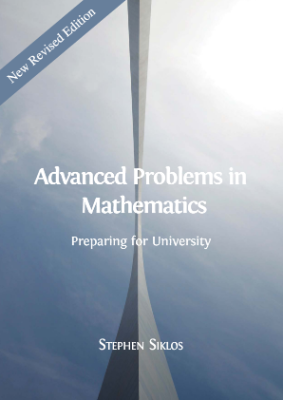These notes are intended for a graduate course in Number Theory. No prior familiarity with number theory is assumed. Chapters 1- 6 represent approximately 1 trimester of the course. Eventually we intend to publish a full year (3 trimesters) course on number theory. The current content represents a course the author taught in Fall 2020. It is a work in progress. If you have questions or comments, please contact Peter Veerman (veerman@pdx.edu).
Divisors and Congruences
An equivalent definition of prime is a natural number with precisely two (distinct) divisors. Eratosthenes’ sieve is a simple and ancient method to generate a list of primes for all numbers less than, say, 225. First, list all integers from 2 to 225. Start by circling the number 2 and crossing out all its remaining multiples: 4, 6, 8, etcetera. At each step, circle the smallest unmarked number and cross out all its remaining multiples in the list. It turns out that we need to sieve out only multiples of and less (see exercise 2.4). This method is illustrated if Figure 1. When done, the primes are those numbers that are circled or unmarked in the list.
These notions are cornerstones of much of number theory as we will see. But they are also very common in all kinds of applications. For in- stance, our expressions for the time on the clock are nothing but counting modulo 12 or 24. To figure out how many hours elapse between 4pm and 3am next morning is a simple exercise in working with modular arithmetic, that is: computations involving congruences.
Rational and Irrational Numbers
We start with a few results we need in the remainder of this subsection.
The Fundamental Theorem of Arithmetic
The last corollary of the previous section enables us to prove the most important result of this chapter. But first, we introduce units and extend the definition of primes to Z .
Corollaries of the Fundamental Theorem of Arithmetic
The unique factorization theorem is intuitive and easy to use. It is very effective in proving a great number of results. Some of these results can be proved with a little more effort without using the theorem (see exercise 2.5 for an example). A final question one might ask, is how many primes are there? In other words, how long can the list of primes in a factorization be?
Euclid provided the answer around 300BC.
